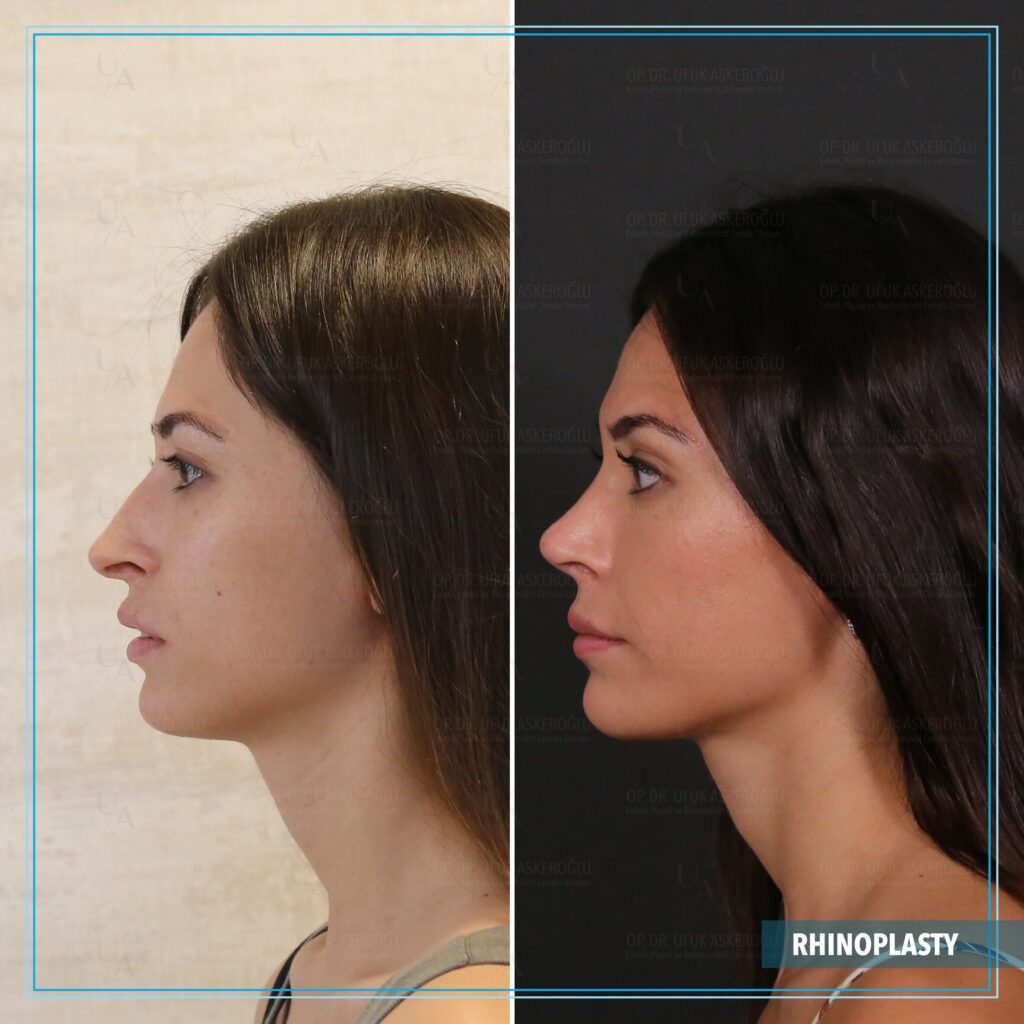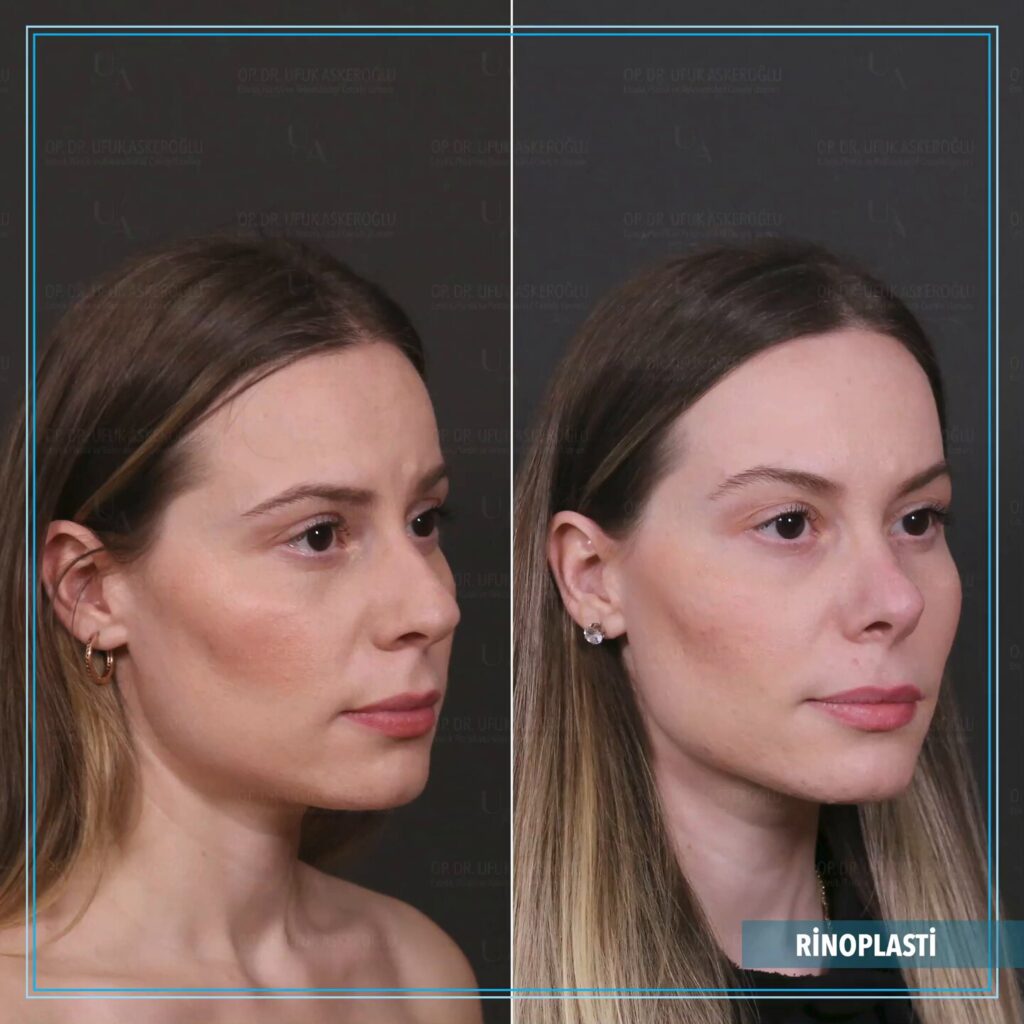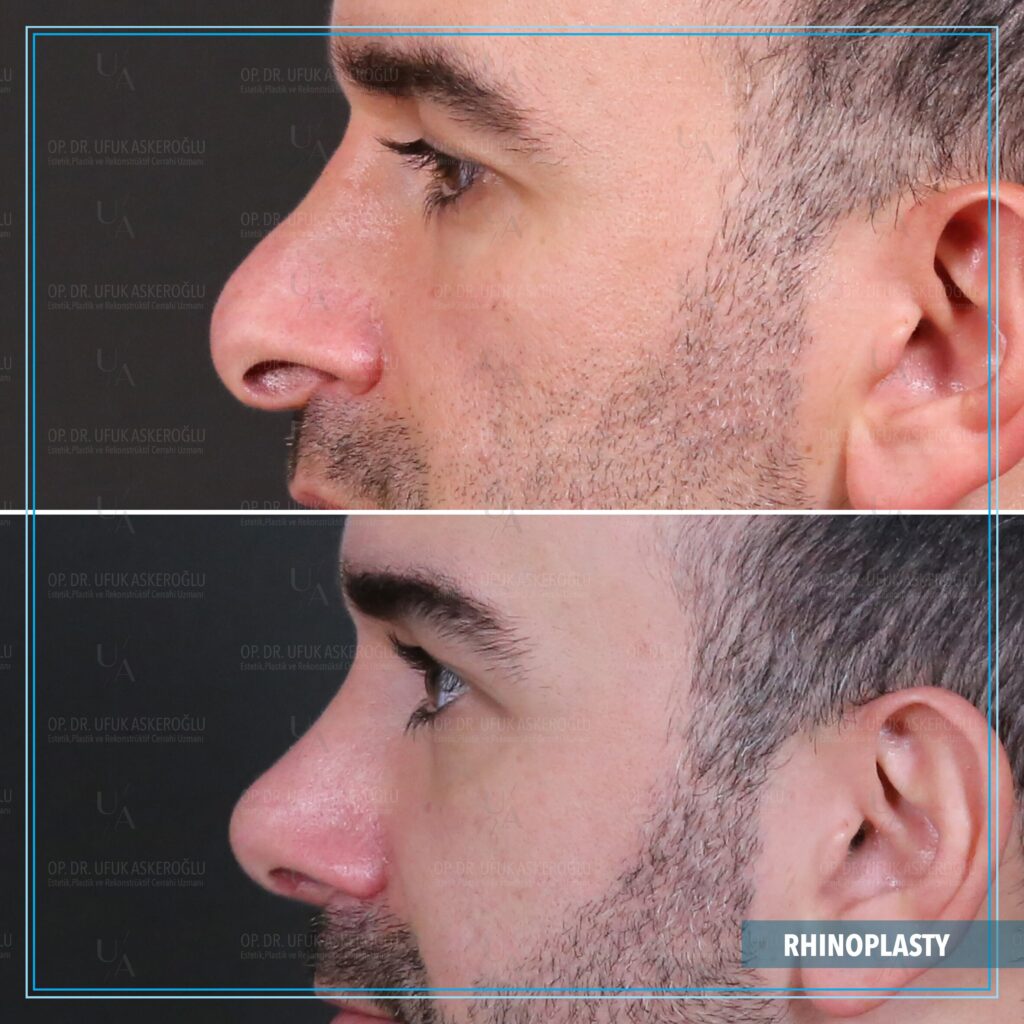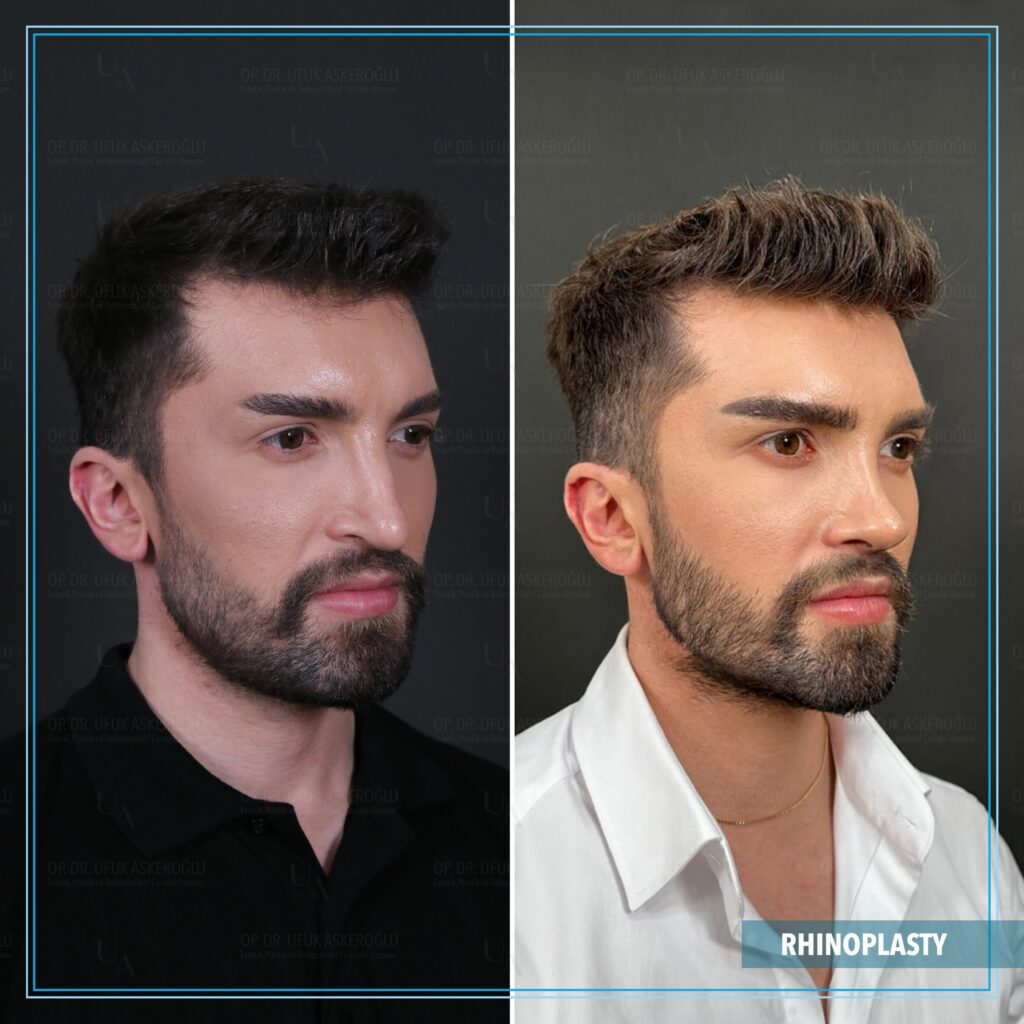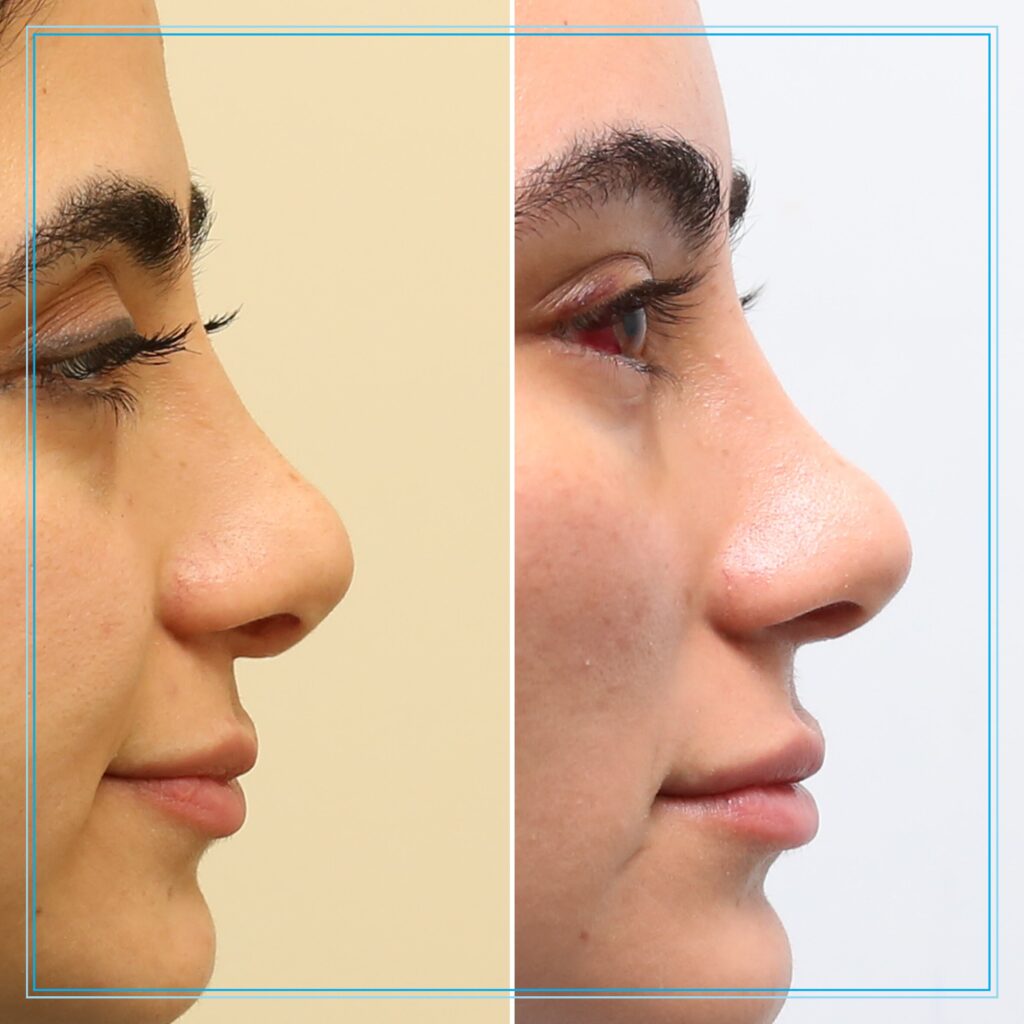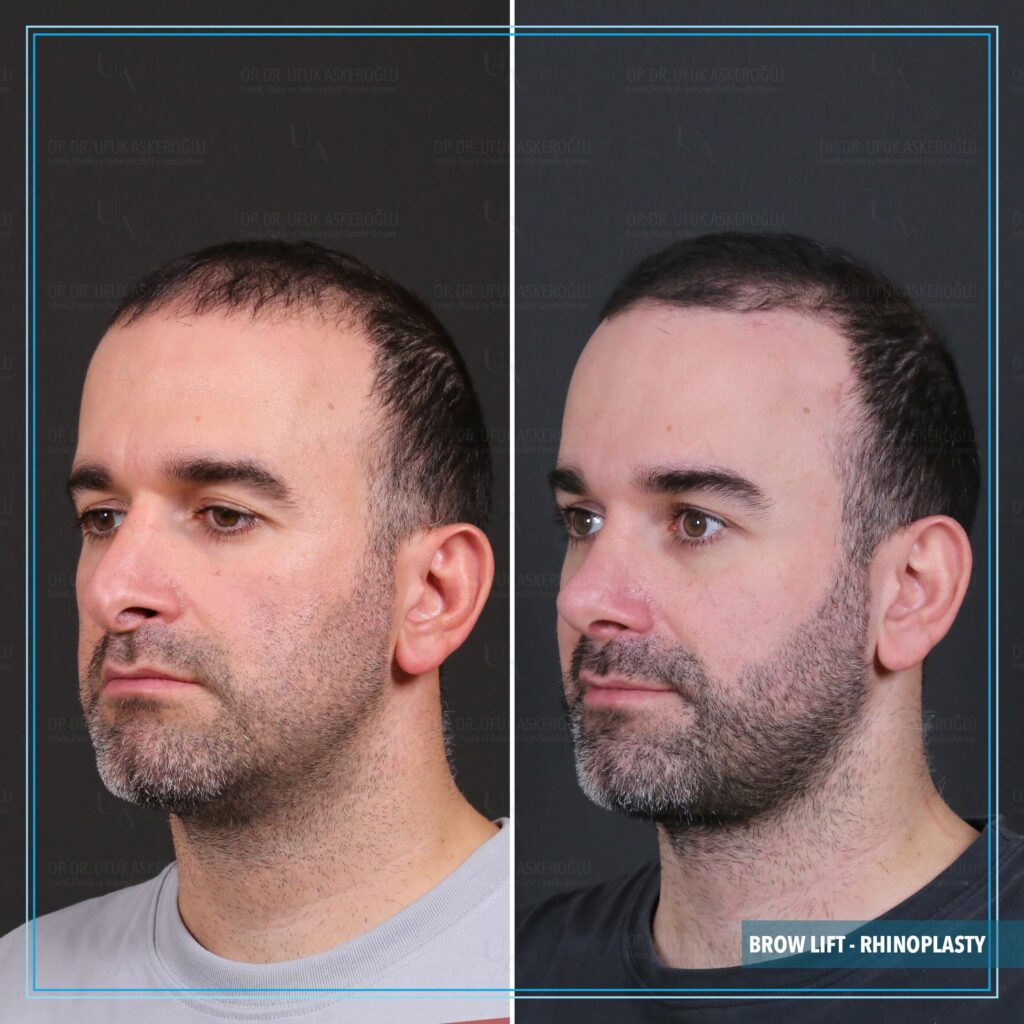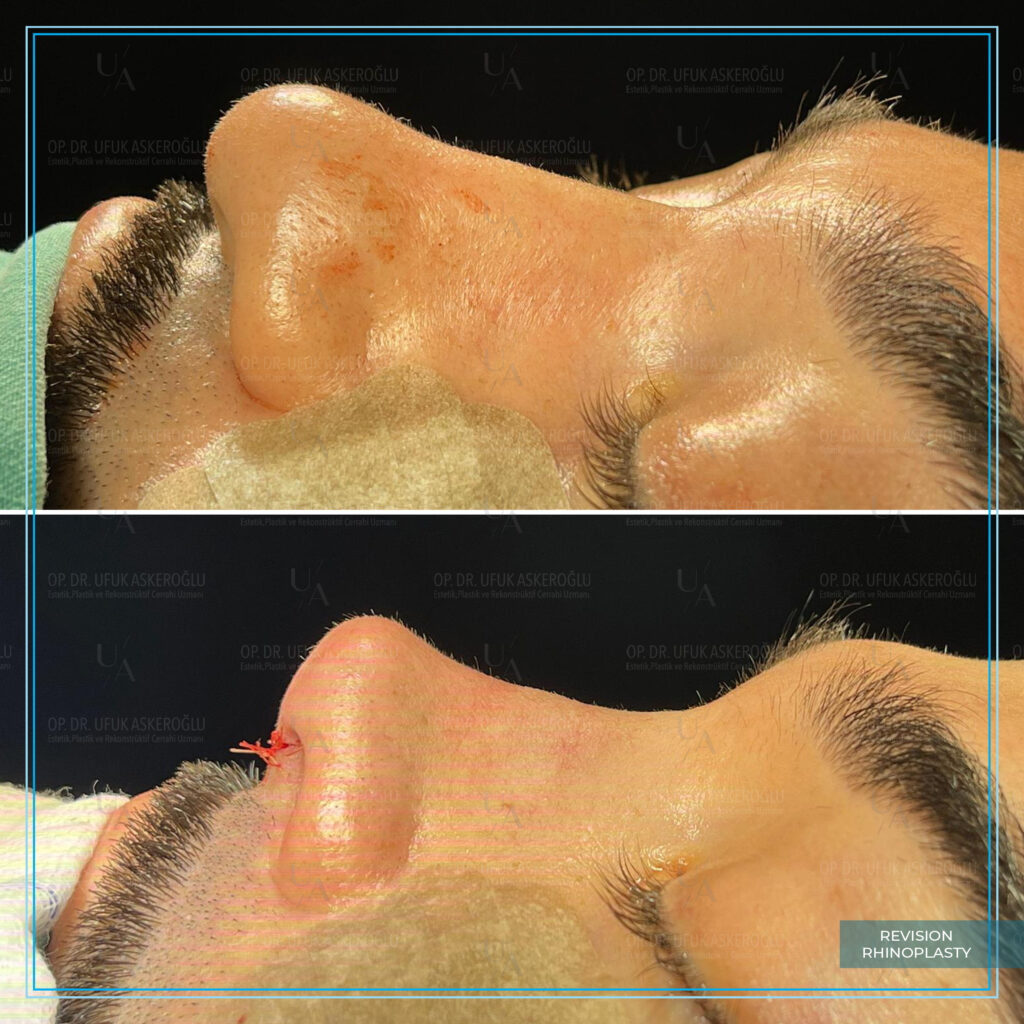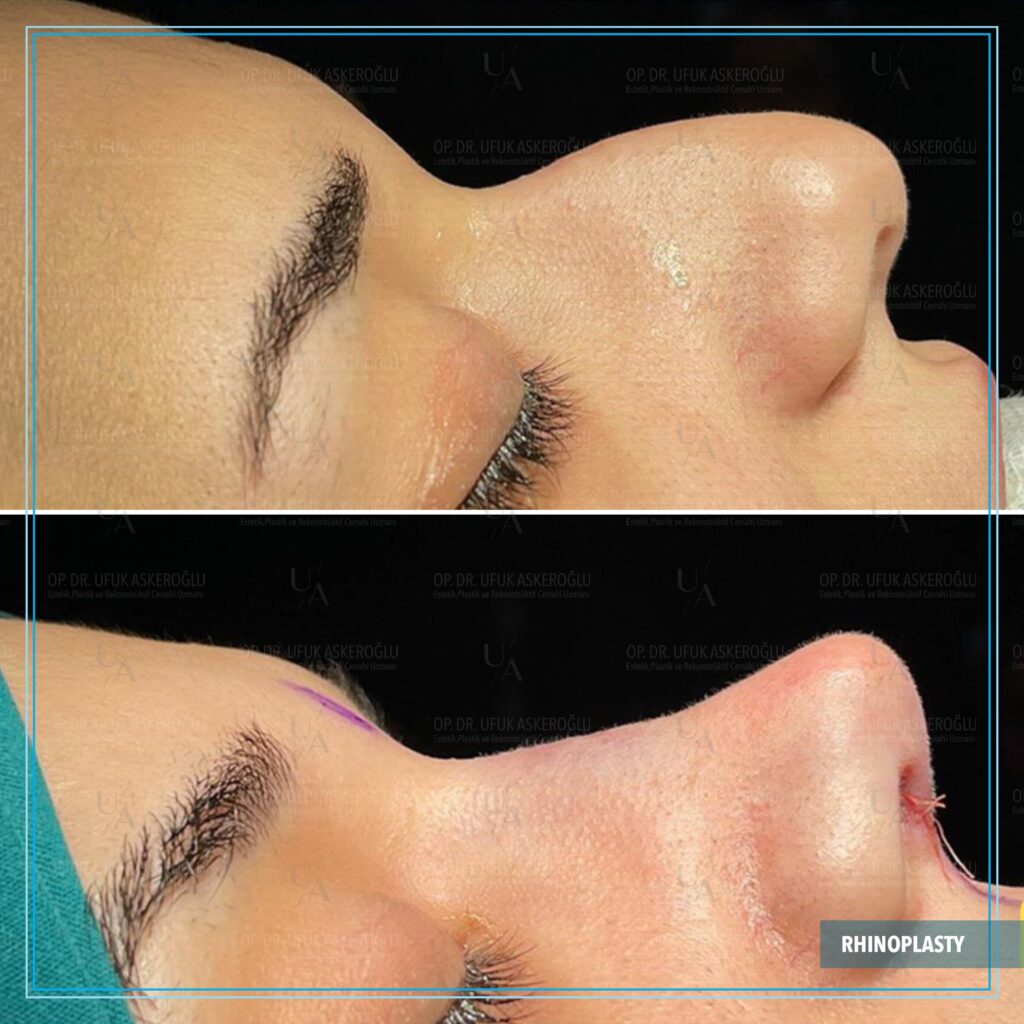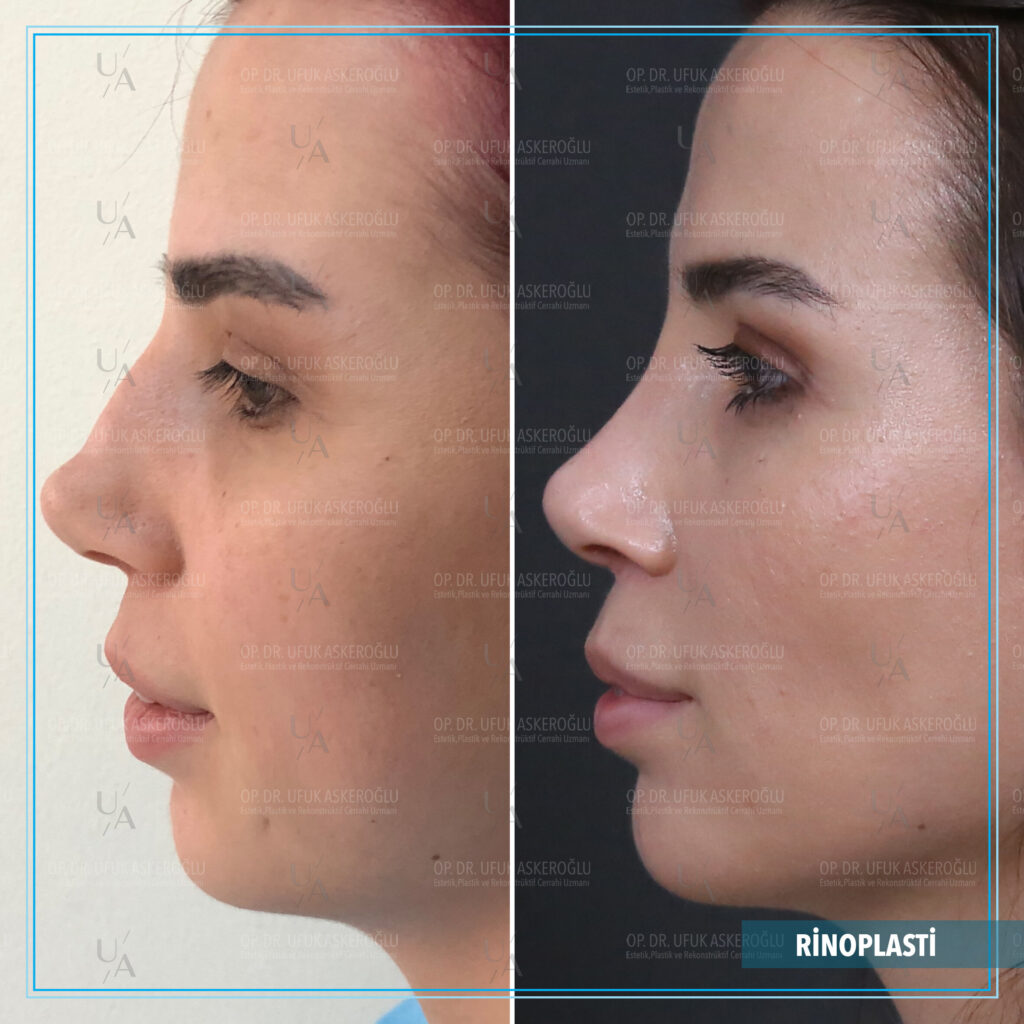
Rhinoplasty Turkey
What is Rhinoplasty?
Rhinoplasty, commonly known as a nose job, is a surgical procedure performed to reshape or enhance the appearance of the nose. It involves modifying the bone, cartilage, and tissues of the nose to achieve the desired aesthetic or functional outcome. Rhinoplasty can address various concerns such as a crooked nose, a hump on the bridge, a bulbous tip, a wide nostril base, or nasal asymmetry. The procedure is highly customizable and can be tailored to the individual’s unique facial features and desired results. Rhinoplasty can also be performed for functional reasons, such as improving breathing difficulties or correcting nasal deformities due to injury or birth defects. It is important to consult with a qualified plastic surgeon who specializes in Rhinoplasty Turkey to discuss your goals, expectations, and any potential risks or limitations associated with the procedure.(Rhinoplasty Turkey)
Types of Rhinoplasty
There are several types of rhinoplasty procedures that can be performed to address different aesthetic or functional concerns. Here are some common types of rhinoplasty:
Open Rhinoplasty: Open rhinoplasty, also known as external rhinoplasty, is a surgical technique where an incision is made on the columella, the narrow strip of tissue between the nostrils. This incision allows the surgeon to lift the skin and soft tissues, providing better visibility and access to the nasal structures. The advantage of open rhinoplasty is that it provides a direct view of the nasal anatomy, allowing for precise modifications and adjustments. It is commonly used for complex cases that require significant reshaping or reconstruction of the nasal structures.(Rhinoplasty Turkey)
Closed Rhinoplasty: Closed rhinoplasty, also known as endonasal rhinoplasty, is a surgical technique where all incisions are made inside the nostrils. Unlike open rhinoplasty, there is no external incision on the columella. The surgeon accesses the nasal structures through these internal incisions, and the surgery is performed with the nasal skin left intact. Closed rhinoplasty is often preferred for cases that require less extensive modifications, such as tip refinement or minor reshaping. It typically results in less visible scarring and a shorter recovery period compared to open rhinoplasty.
Revision Rhinoplasty: Also known as secondary rhinoplasty, this procedure is performed to correct or revise the results of a previous rhinoplasty surgery. It may be required if the initial surgery did not achieve the desired outcome or if there are functional or aesthetic issues that need to be corrected.
Ethnic Rhinoplasty: Ethnic rhinoplasty takes into account the specific characteristics and features of different ethnic groups. It aims to maintain or enhance the patient’s ethnic identity while addressing any aesthetic concerns. It may involve augmenting or reducing the nasal bridge, refining the tip, or adjusting the nostril shape to achieve a harmonious result.(Rhinoplasty Turkey)
Augmentation Rhinoplasty: This type of rhinoplasty involves adding volume or structure to the nose using grafts or implants. It may be performed to increase the height of the nasal bridge, improve projection, or correct deformities caused by trauma or congenital conditions.(Rhinoplasty Turkey)
It’s important to note that the specific type of rhinoplasty recommended for an individual will depend on their unique concerns, goals, and anatomical considerations. Consulting with Dr.Ufuk Askeroglu’s clinic is essential to determine the most suitable type of rhinoplasty for each patient’s specific needs. You can contact us for a specific treatment plan.(Rhinoplasty Turkey)
FAQ
Am I a good candidate for rhinoplasty?
Ideal candidates for rhinoplasty are individuals who are in good overall health, have realistic expectations, and are bothered by the appearance of their nose or have functional issues. It is important to have a consultation with a qualified plastic surgeon to determine if rhinoplasty is suitable for you.
What happens during a rhinoplasty procedure?
The specifics of the procedure may vary depending on the individual case and the surgical technique used. Generally, the surgeon will make incisions, either inside the nostrils (closed rhinoplasty) or on the columella (open rhinoplasty). The nasal structures are then reshaped by modifying the bone, cartilage, and soft tissues to achieve the desired results. The incisions are then closed, and a splint or cast may be applied to support the nose during the initial healing phase.
Is rhinoplasty performed under general anesthesia?
Yes, rhinoplasty is performed under general anesthesia.
What is the recovery like after rhinoplasty?
The recovery period after rhinoplasty can vary from person to person. Initially, there may be some swelling, bruising, and discomfort, which can be managed with prescribed pain medication and cold compresses. Patients are advised to rest, keep their head elevated, and avoid strenuous activities for a few weeks. The swelling will gradually subside, but it may take several months for the final results to be fully visible.
Are there any risks or complications associated with rhinoplasty?
As with any surgical procedure, there are potential risks and complications with rhinoplasty. These can include infection, bleeding, adverse reactions to anesthesia, scarring, asymmetry, breathing difficulties, or dissatisfaction with the aesthetic outcome. It is important to choose a skilled and experienced surgeon to minimize these risks and achieve the best possible results.
Can rhinoplasty correct breathing problems?
Yes, rhinoplasty can be performed to address functional issues such as a deviated septum, nasal valve collapse, or other structural abnormalities that may be causing breathing difficulties. Functional rhinoplasty focuses on improving nasal function while maintaining or enhancing the aesthetic appearance of the nose.
Will the results of rhinoplasty be permanent?
The results of rhinoplasty are intended to be long-lasting. However, the final outcome can be influenced by factors such as the natural aging process, lifestyle choices, and any potential injury to the nose. Most individuals are satisfied with the results of their rhinoplasty and enjoy the aesthetic and functional improvements for many years.


